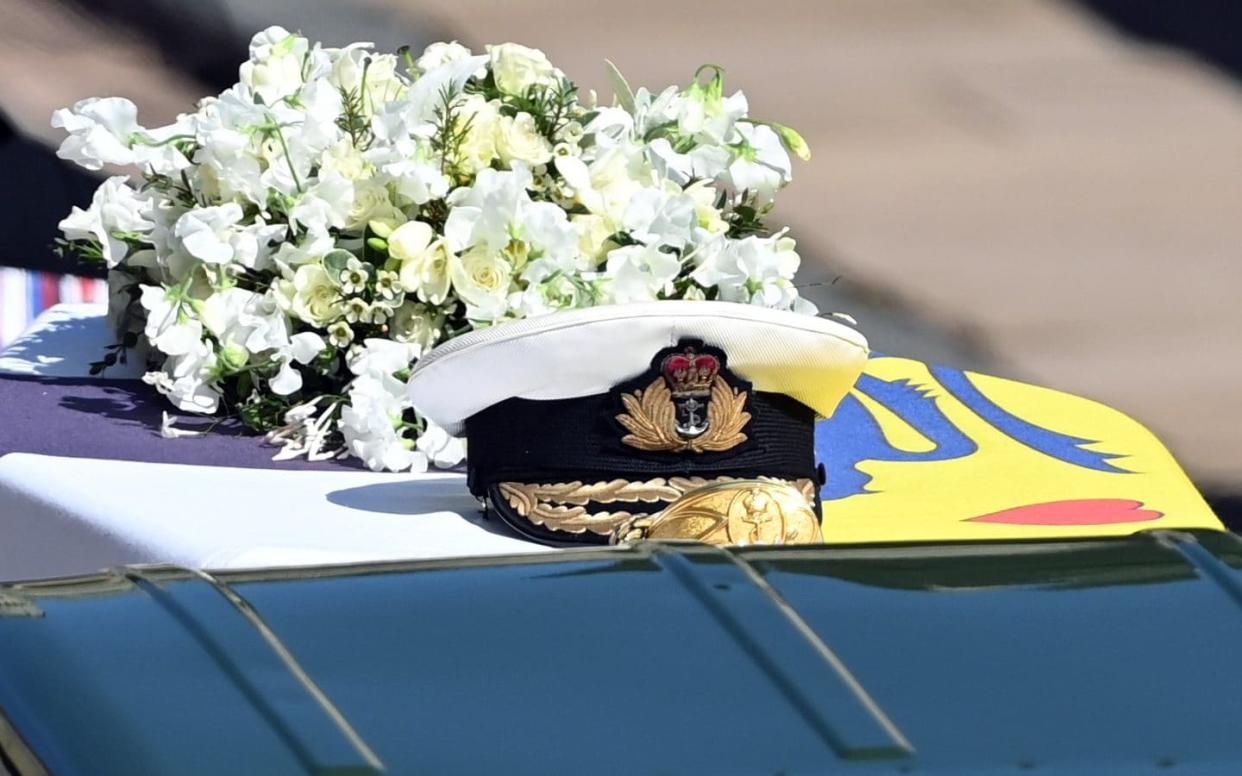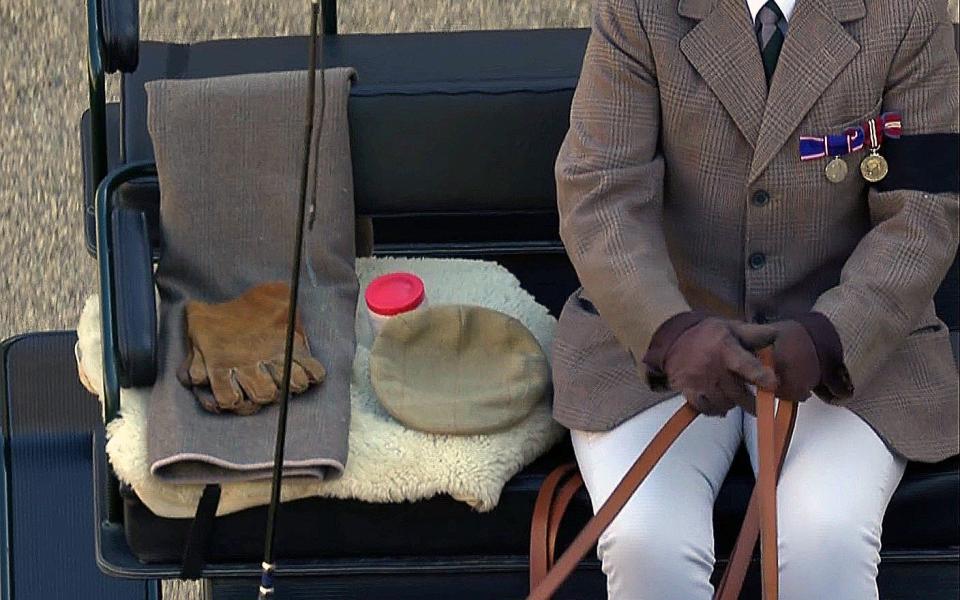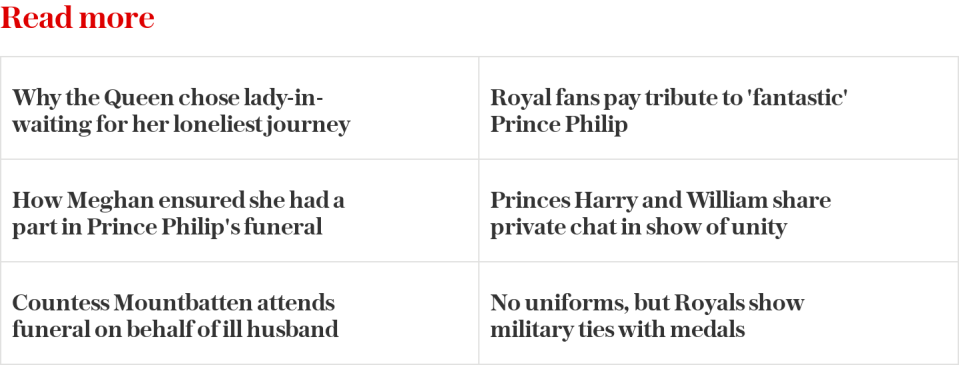How Prince Philip’s personal touches showed Royal family the way through their grief

It was one last act for the Queen he had supported for a lifetime. As she sat alone in her grief, the Queen could rely upon the reassuring hand of her husband one final time, as he led his family through their most difficult goodbye.
The Duke of Edinburgh’s meticulous planning ensured his wife, children and grandchildren could pay their respects in the most fitting of ways, with military precision, poignant ceremony and lighter touches to bring a small smile through their sadness.

From the fell ponies to the pared-back choir, and the unexpected sound of Action Stations, the Duke of Edinburgh’s final send-off went just as he wished, in line with his careful instructions.
If in life he wanted “no fuss”, it was the same in death: no eulogy, no long tribute to a life well-lived and no concession to vanity. Instead, all eyes were on the military, his faith, and – amidst the many titles – his most important role as “Husband of Her Most Excellent Majesty Elizabeth the Second”.
It had been years in the planning, edited to perfection as he neared his centenary. The necessary changes to cope with the coronavirus pandemic, which could have derailed it, made for an even more poignant occasion.
When the Queen had to sign it off this week, there would have been no agonising over what her husband would have wanted.
The day began in formality, with the moving image of his sword – a gift from the Queen’s father – naval cap and a wreath placed on top of his coffin, which was draped with the Duke’s personal standard.
And soon enough came the personal touches of a Duke who always sought to lighten an occasion to set his guests at ease.
In the quadrangle of Windsor Castle, his two Fell ponies, Balmoral Nevis and Notlaw Storm, stood in tribute with their carriage, designed by the carriage-driving Duke himself. A cap, well-worn gloves, a riding whip and a small red pot of sugar lumps were arranged carefully on the seat, in remembrance of the owner who no longer needed them.

Not for Prince Philip a traditional hearse, but a bespoke Land Rover adapted on his instructions to carry his coffin, painted dark bronze green in a nod to the Armed Forces.
As the procession made its way to St George’s Chapel, his household paid silent tribute, with chefs and office staff lining the path.
If those taking part in the ceremony felt the pressure of living up to the expectations of a Duke so exacting in his standards, it showed only in the best way.
The bearer party from the Queen’s Company, 1st Battalion Grenadier Guards moved in unison, and the band of the Grenadier Guards played well-rehearsed, familiar music from Jerusalem to Nimrod from Elgar’s Enigma Variations.
The Dean of Windsor, who had been tasked with writing the Bidding this week so he could accurately “reflect the moment in time”, rose to the occasion, saying: “With grateful hearts, we remember the many ways in which his long life has been a blessing to us.
“We have been inspired by his unwavering loyalty to our Queen, by his service to the nation and the Commonwealth, by his courage, fortitude and faith.
“Our lives have been enriched through the challenges that he has set us, the encouragement that he has given us, his kindness, humour and humanity.”
The Duke’s chosen insignia was laid out in full on nine cushions on the altar, from the medals conferred on him by UK and Commonwealth countries to his Royal Air Force wings and Field Marshal’s baton, and the Order of the Elephant and the Order of the Redeemer, to represent Denmark and Greece, respectively.

A military man to the end, the service was peppered with references to the Duke’s naval career, with a prayer to “grant unto him the assurance of thine ancient promise that thou wilt ever be with those who go down to the sea in ships and occupy their business in great waters.”
Music, sung not by a full choir but four chosen singers – three of whom are lay clerks at St George’s Chapel choir – included the hymn Eternal Father, Strong To Save, long associated with seafarers and the maritime armed services.
Britten’s Jubilate in C, commissioned by the Duke for the St George’s Chapel choir, was followed by an adaption of Psalm 104, which he had requested be set to music by William Lovelady and was first performed for his 75th birthday. Telling of creation, it was intended to reflect the Duke’s interest in the environment and wildlife.

As the service concluded, buglers of the Royal Marines sounded Last Post to signify “a soldier has gone to his final rest”.
In a final twist, the Duke had requested Action Stations, played on a warship to signal all hands should go to battle stations and is sometimes featured at funerals of naval men.
The ceremony, Buckingham Palace said, was “ a reflection of the Duke’s military affiliations and personal elements of His Royal Highness’s life”. While it was modified to suit Covid-19 guidelines, it was “still very much in line with the Duke’s wishes”.
For the Queen in her grief, there was also comfort: the reassuring fingerprints of the Duke who planned a final day for his family and country to say goodbye.



